We put the OnePlus 10T 5G through our rigorous DXOMARK Audio test suite to measure its performance both at recording sound using its built-in microphones, and at playing audio back through its speakers.
In this review, we will break down how it fared in a variety of tests and several common use cases.
Overview
Key audio specifications include:
- Two stereo speakers
- No jack audio output
- Noise cancellation
Scoring
Sub-scores and attributes included in the calculations of the global score.

OnePlus 10T 5G


 88th
88th 22nd
22ndPlayback
Cons
- Midrange-centric tonal balance and poor timbre overall
- Lack of low-end extension impairs bass precision and tonal balance
Recording
Pros
- Good tonal balance in most recordings
- Overall good intelligibility of recorded vocal content
- Good wind noise reduction
Cons
- Inconsistent recording quality; better for main camera video than selfie video and memo recording
- Memo recordings in mono
In our DXOMARK Audio tests, the OnePlus 10T 5G proved to be a good device for audio recording, mainly thanks to the excellent intelligibility of vocal content, even when recording in strong winds. Overall, recording quality could have been more consistent, though, with a noticeably better main camera performance than for the front camera or memo apps.
In playback, the phone delivered a decent dynamics performance, and sound was pretty much free of artifacts. However, a lack of low- and high-end extension resulted in a dull sonority. Overall, better options for audio playback are available in the 10T 5G’s price bracket.
Test summary
About DXOMARK Audio tests: For scoring and analysis in our smartphone audio reviews, DXOMARK engineers perform a variety of objective tests and undertake more than 20 hours of perceptual evaluation under controlled lab conditions.
(For more details about our Playback protocol, click here; for more details about our Recording protocol, click here.)
The following section gathers key elements of our exhaustive tests and analyses performed in DXOMARK laboratories. Detailed performance evaluations under the form of reports are available upon request. Do not hesitate to contact us.
Playback
OnePlus 10T 5G
163
DXOMARK engineers test playback through the smartphone speakers, whose performance is evaluated in our labs and in real-life conditions, using default apps and settings.
In playback testing, the OnePlus 10T 5G delivered an average timbre performance, without any major flaws, but the midrange-focused tonal balance lacked bass and high-end extension. Dynamics performance was decent overall, thanks to a fairly precise attack that allowed for accurate restitution of transients. Sharpness, bass precision, and punch all left some room for improvement, though.
The sound scene was narrow, and imprecise localizability made it hard to pinpoint individual elements in the audio field, making for an overall poor spatial performance in playback. Distance and depth rendering were inaccurate as well, but balance was good, with centered elements perceived at the center of the scene.
The OnePlus did well for volume, thanks to good intelligibility of content at the minimum volume setting and good loudness at maximum. Remarkably, the 10T 5G’s audio playback was also free of any kind of unwanted audio artifacts.
Listen to the tested smartphone’s playback performance in this comparison with some of its competitors:
Here is how the OnePlus 10T 5G performed in playback use cases compared to its competitors:

Timbre
OnePlus 10T 5G
158
The Timbre score represents how well a phone reproduces sound across the audible tonal range and takes into account bass, midrange, treble, tonal balance, and volume dependency. It is the most important attribute for playback.

Dynamics
OnePlus 10T 5G
149
The Dynamics score measures the accuracy of changes in the energy level of sound sources, for example how precisely a bass note is reproduced or the impact sound from drums.
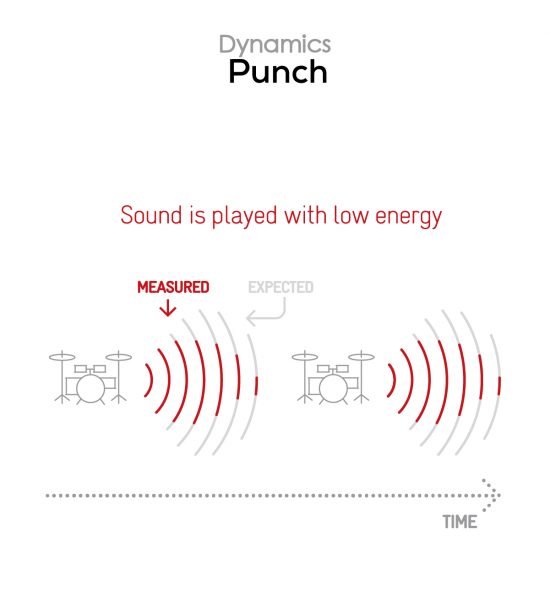


Spatial
OnePlus 10T 5G
162
The sub-attributes for spatial tests include pinpointing a specific sound's location, its positional balance, distance, and wideness.
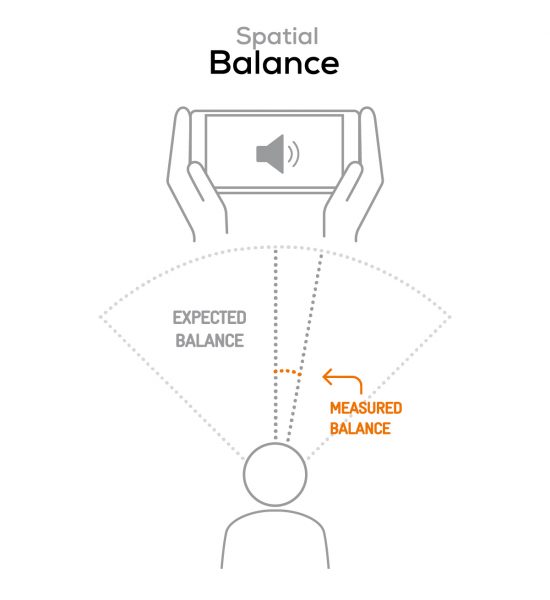
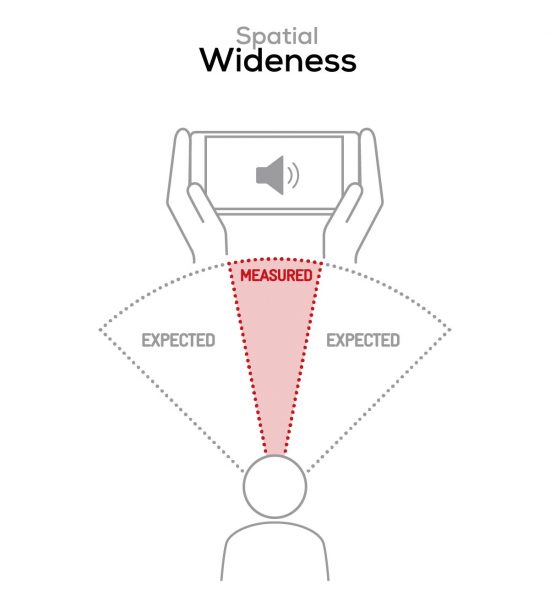

Volume
OnePlus 10T 5G
162
The Volume score represents the overall loudness of a smartphone and how smoothly volume increases and decreases based on user input.
| Hip-Hop | Classical | |
| OnePlus 10T 5G | 76.4 dBA | 73 dBA |
| Xiaomi 12T Pro | 74.1 dBA | 69.8 dBA |
| Apple iPhone 14 | 74.8 dBA | 71.9 dBA |

Artifacts
OnePlus 10T 5G
157
The Artifacts score measures the extent to which the sound is affected by various types of distortion. The higher the score, the less the disturbances in the sound are noticeable. Distortion can occur because of sound processing in the device and because of the quality of the speakers.

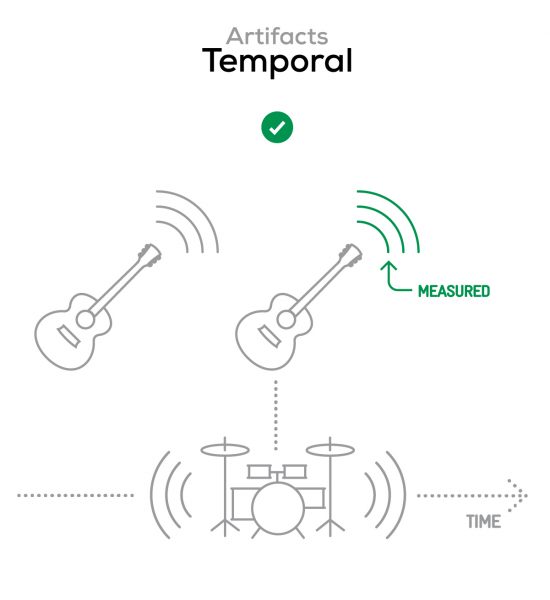
It represents the distortion and noise of the device playing our test signal (0 dB Fs, Sweep Sine in an anechoic box at 40 cm) at the device's maximum volume.
Recording
OnePlus 10T 5G
160
DXOMARK engineers test recording by evaluating the recorded files on reference audio equipment. Those recordings are done in our labs and in real-life conditions, using default apps and settings.
The OnePlus 10T 5G did better as a recording device than it did for payback. This said, timbre performance varied a lot with the use case. Treble was clean and open in main camera recordings, but recordings sounded much more muffled with the memo app. When recording concerts or other loud content, an excess of high-midrange resulted in a slight aggressiveness.
Dynamics were average for recording with both the main and front cameras, but the background was slightly too loud in recordings with the memo app. In main camera recordings, individual sound sources were easy to pinpoint and distance rendition was correct. The sound scene could have been wider, though, and it was reduced even further when recording in portrait orientation with the front camera. Memo recordings are in mono by default.
Loudness was great for both main and front camera recordings but dropped considerably with the memo app. In terms of artifacts, some distortion was noticeable with sudden loud noises and at high sound pressure levels. Overall, with vocal content at a nominal volume level, recordings were quite clean, though. The same was true for the background which in addition featured a pretty good tonal balance.
Here is how the OnePlus 10T 5G performed in recording use cases compared to its competitors:

Timbre
OnePlus 10T 5G
147
The Timbre score represents how well a phone captures sounds across the audible tonal range and takes into account bass, midrange, treble, and tonal balance. It is the most important attribute for recording.

Dynamics
OnePlus 10T 5G
146
The Dynamics score measures the accuracy of changes in the energy level of sound sources, for example how precisely a voice's plosives (the p's, t's and k's, for example) are reproduced. The score also considers the Signal-to-Noise Ratio (SNR), for example how loud the main voice is compared to the background noise.

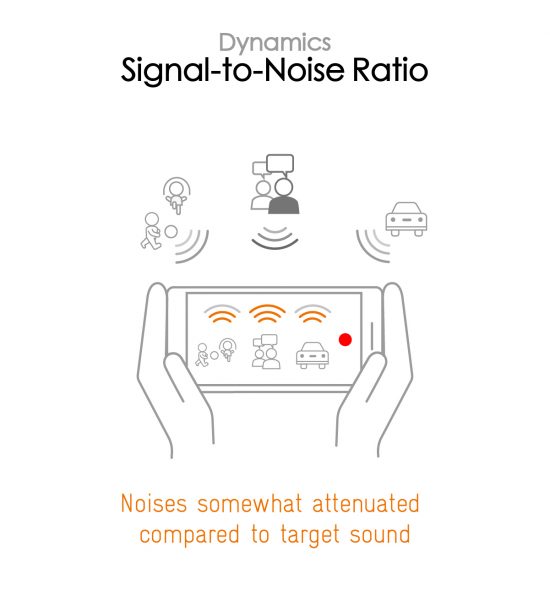

Spatial
OnePlus 10T 5G
159
The sub-attributes for spatial tests include pinpointing a specific sound's location, its positional balance, distance, and wideness on the recorded audio files.
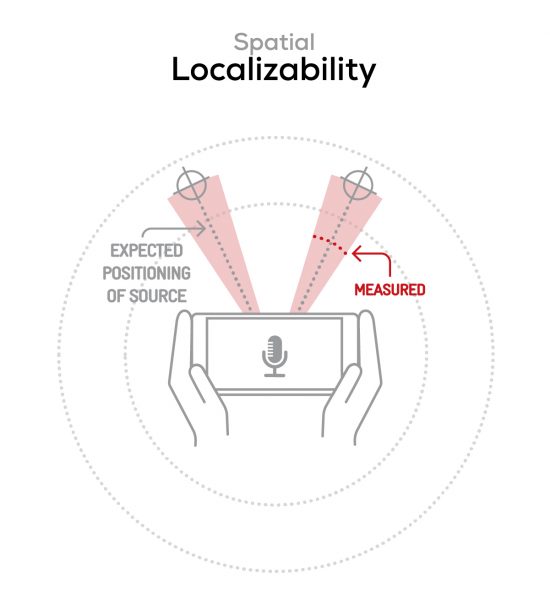
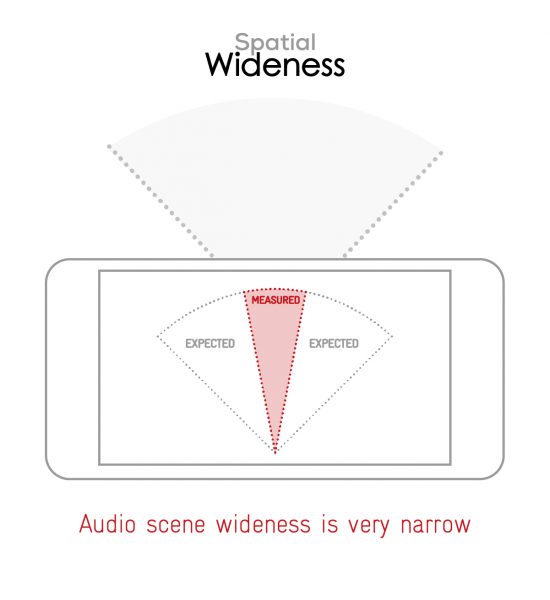

Volume
OnePlus 10T 5G
170
The Volume score represents how loud audio is normalized on the recorded files and the how the device handles loud environments, such as electronic concerts, when recording.
| Meeting | Life Video | Selfie Video | Memo | |
| OnePlus 10T 5G | -25.5 LUFS | -17.9 LUFS | -16.4 LUFS | -18.7 LUFS |
| Xiaomi 12T Pro | -30.3 LUFS | -21.8 LUFS | -20.2 LUFS | -25.3 LUFS |
| Apple iPhone 14 | -23.8 LUFS | -22.5 LUFS | -20.5 LUFS | -18.7 LUFS |

Artifacts
OnePlus 10T 5G
145
The Artifacts score measures the extent to which the recorded sounds are affected by various types of distortions. The higher the score, the less the disturbances in the sound are noticeable. Distortions can occur because of sound processing in the device and the quality of the microphones, as well as user handling, such as how the phone is held.
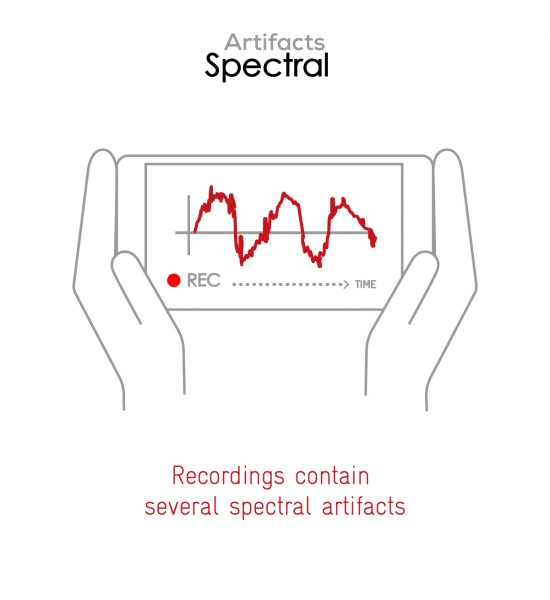

In this audio comparison, you can listen to the way this smartphone handles wind noise relative to its competitors:

Background
OnePlus 10T 5G
166
Background evaluates how natural the various sounds around a voice blend into the video recording file. For example, when recording a speech at an event, the background should not interfere with the main voice, yet it should provide some context of the surroundings.

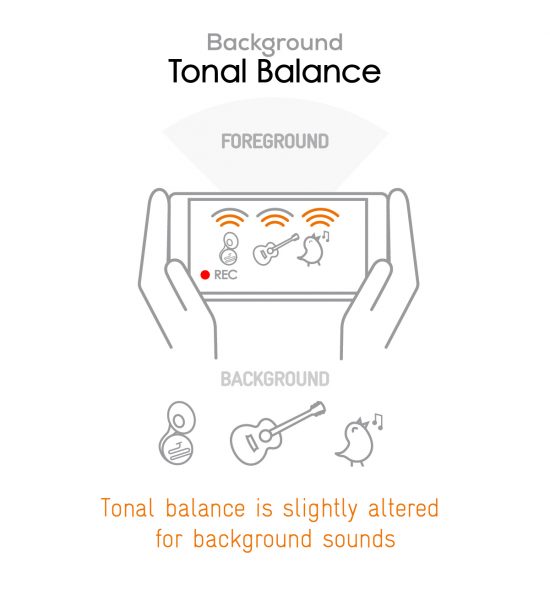



DXOMARK encourages its readers to share comments on the articles. To read or post comments, Disqus cookies are required. Change your Cookies Preferences and read more about our Comment Policy.